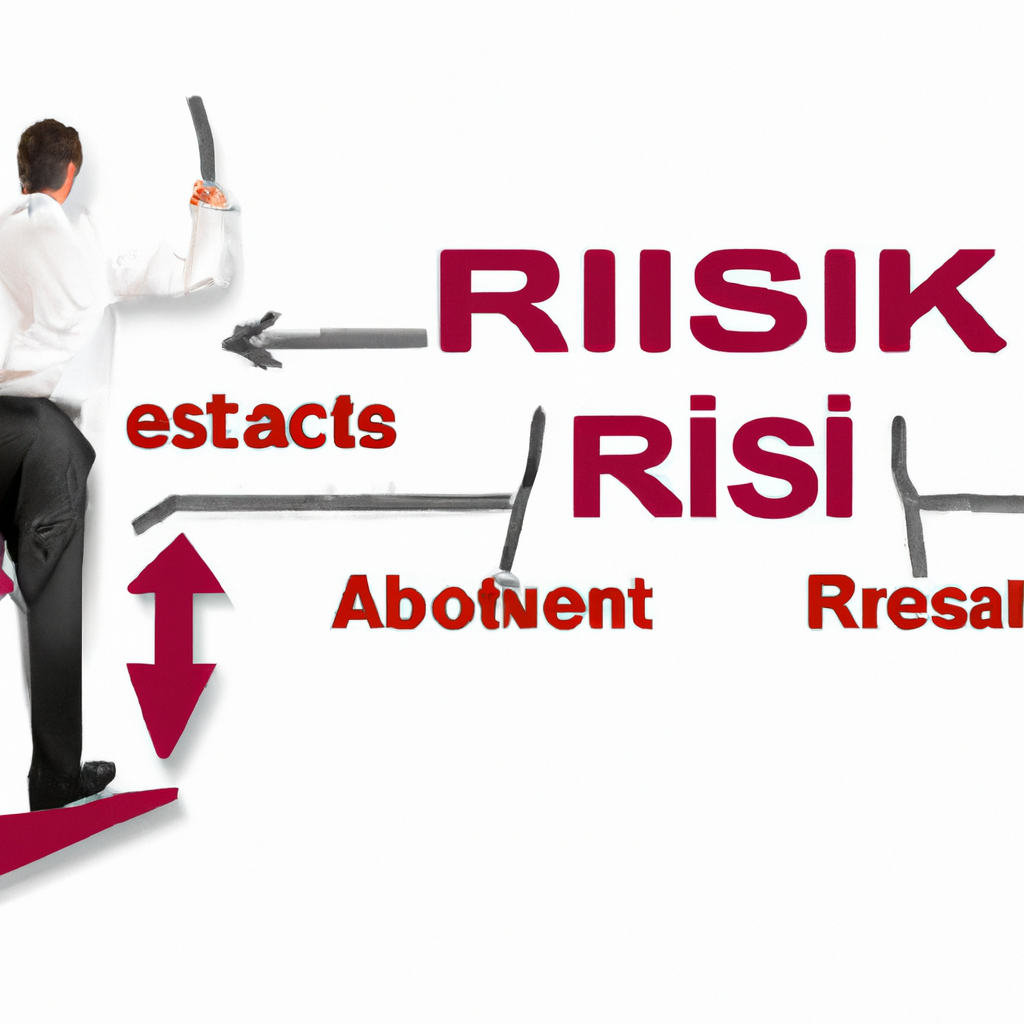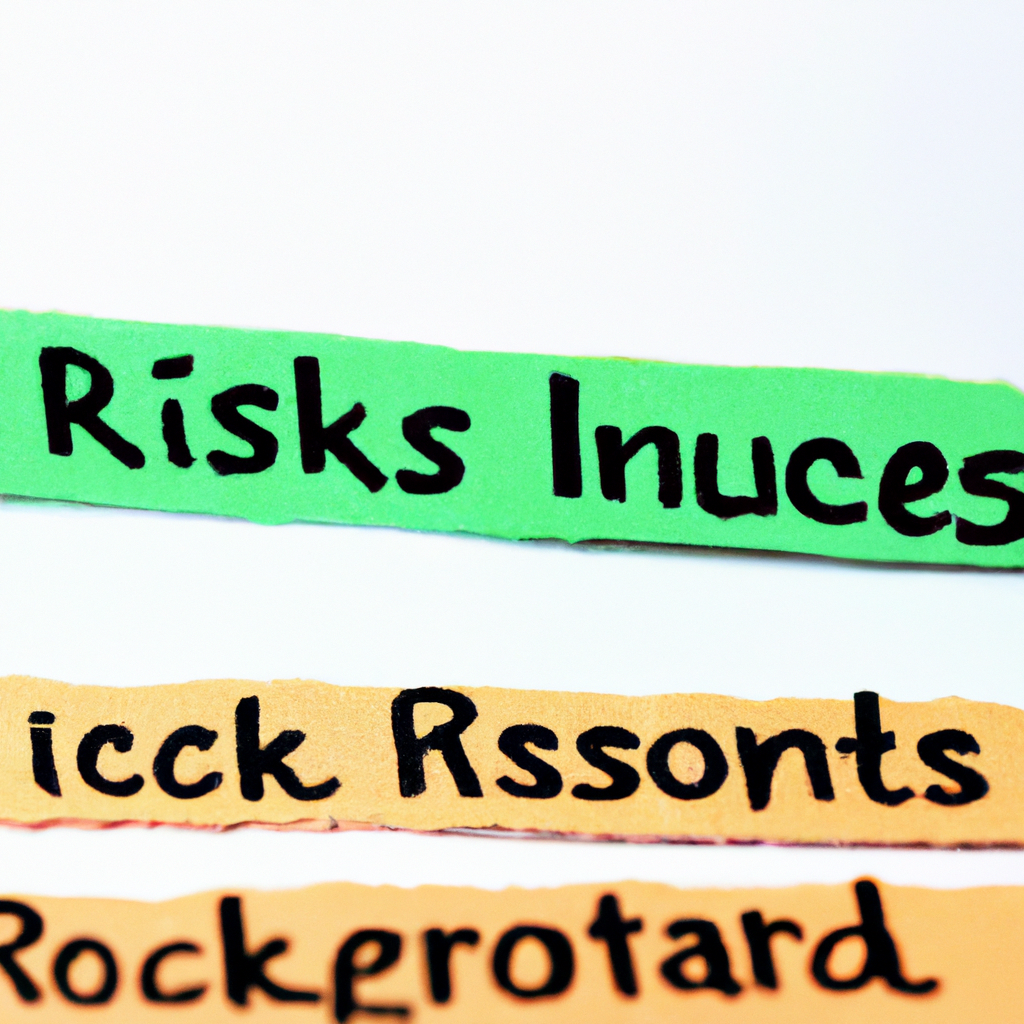How to Build an Investment Portfolio from Scratch
Introduction
Building an investment portfolio from scratch can seem like a daunting task, but with the right approach and guidance, it can be a rewarding experience. In this article, we will outline the steps you can take to create a diversified investment portfolio that aligns with your financial goals and risk tolerance.
Step 1: Set Your Investment Goals
Before you start building your investment portfolio, it’s important to clearly define your investment goals. Are you saving for retirement, a major purchase, or simply looking to grow your wealth over time? Understanding your goals will help you determine the appropriate investment strategy and asset allocation.
Step 2: Determine Your Risk Tolerance
Next, you’ll need to assess your risk tolerance. How comfortable are you with the ups and downs of the stock market? Are you willing to take on more risk for potentially higher returns, or do you prefer a more conservative approach? Your risk tolerance will help guide your investment decisions and asset allocation.
Step 3: Choose Your Asset Allocation
Asset allocation is the mix of different asset classes in your investment portfolio, such as stocks, bonds, and cash. The right asset allocation will depend on your investment goals and risk tolerance. A common rule of thumb is to allocate a higher percentage of stocks for long-term growth and a lower percentage of bonds for stability.
Example Asset Allocation:
- 60% Stocks
- 30% Bonds
- 10% Cash
Step 4: Choose Your Investments
Once you have determined your asset allocation, it’s time to choose specific investments to fill each asset class. You can invest in individual stocks, bonds, mutual funds, exchange-traded funds (ETFs), or other investment vehicles. Consider factors such as fees, performance, and diversification when selecting investments.
Step 5: Monitor and Rebalance Your Portfolio
Building an investment portfolio is not a one-time task – it requires ongoing monitoring and rebalancing to ensure that your portfolio remains aligned with your goals and risk tolerance. Regularly review your investments, make adjustments as needed, and rebalance your portfolio to maintain your desired asset allocation.
Conclusion
Building an investment portfolio from scratch requires careful planning, research, and monitoring. By setting clear investment goals, determining your risk tolerance, choosing the right asset allocation, selecting investments, and regularly monitoring and rebalancing your portfolio, you can build a diversified portfolio that helps you achieve your financial objectives.


